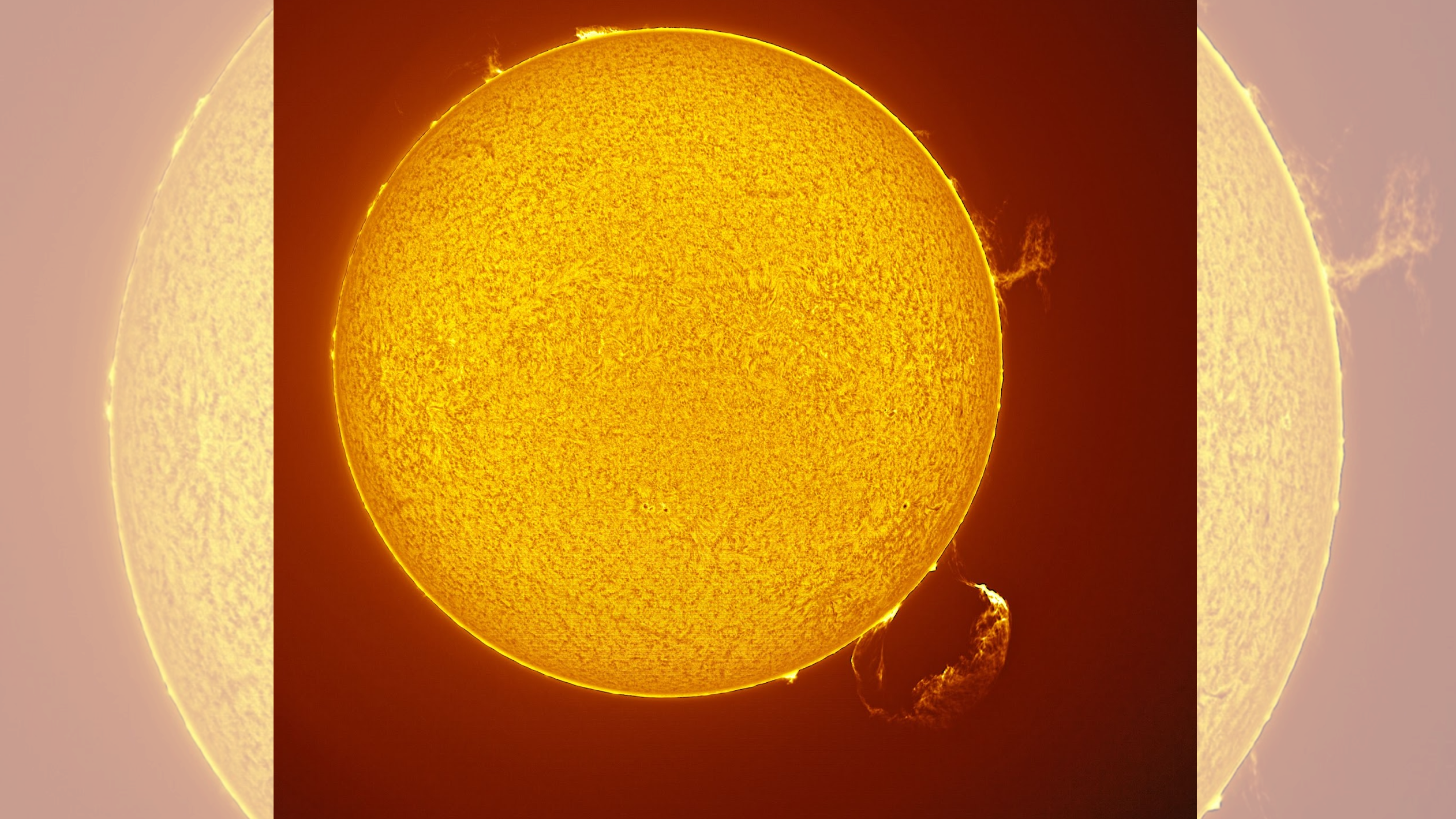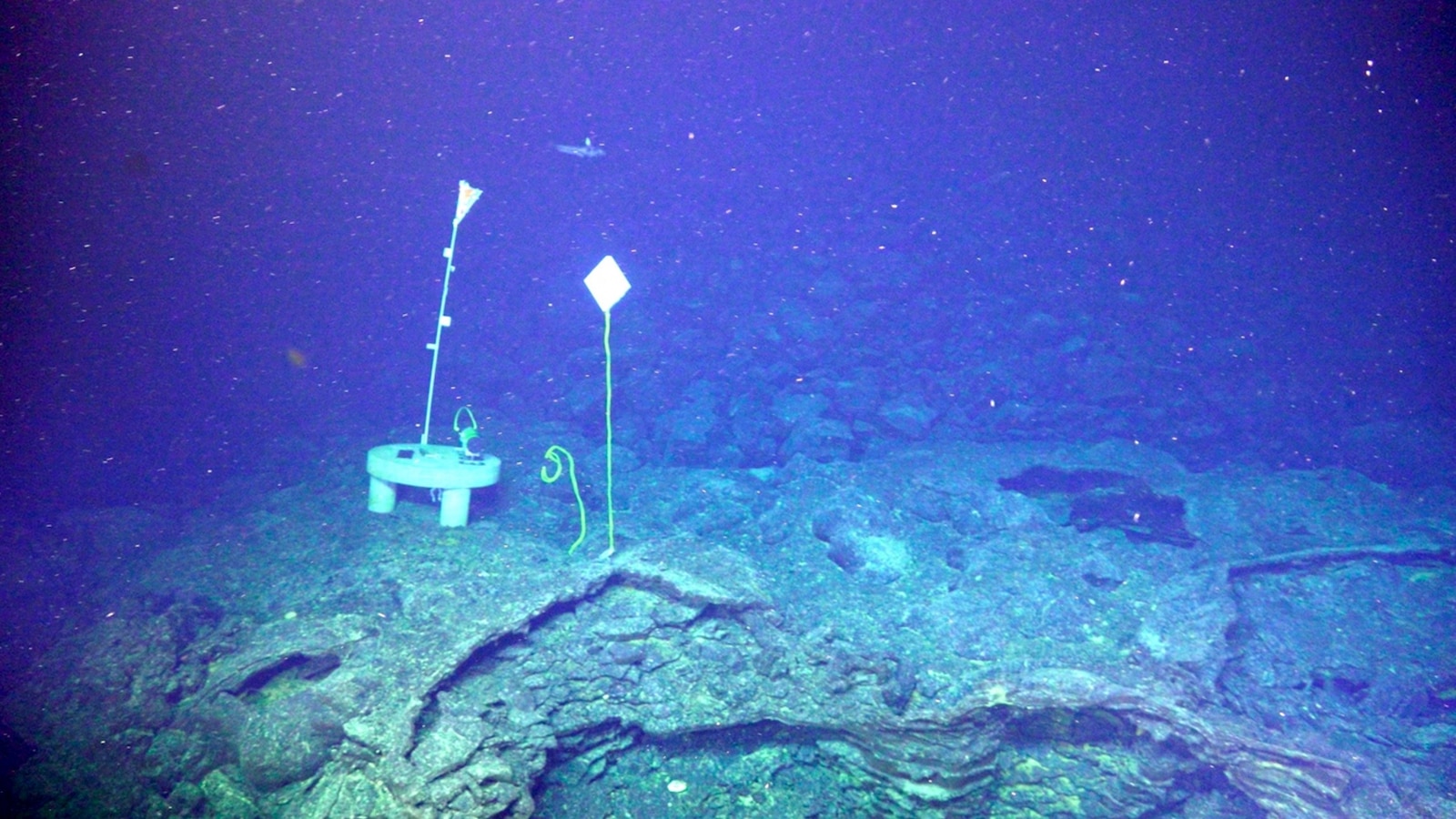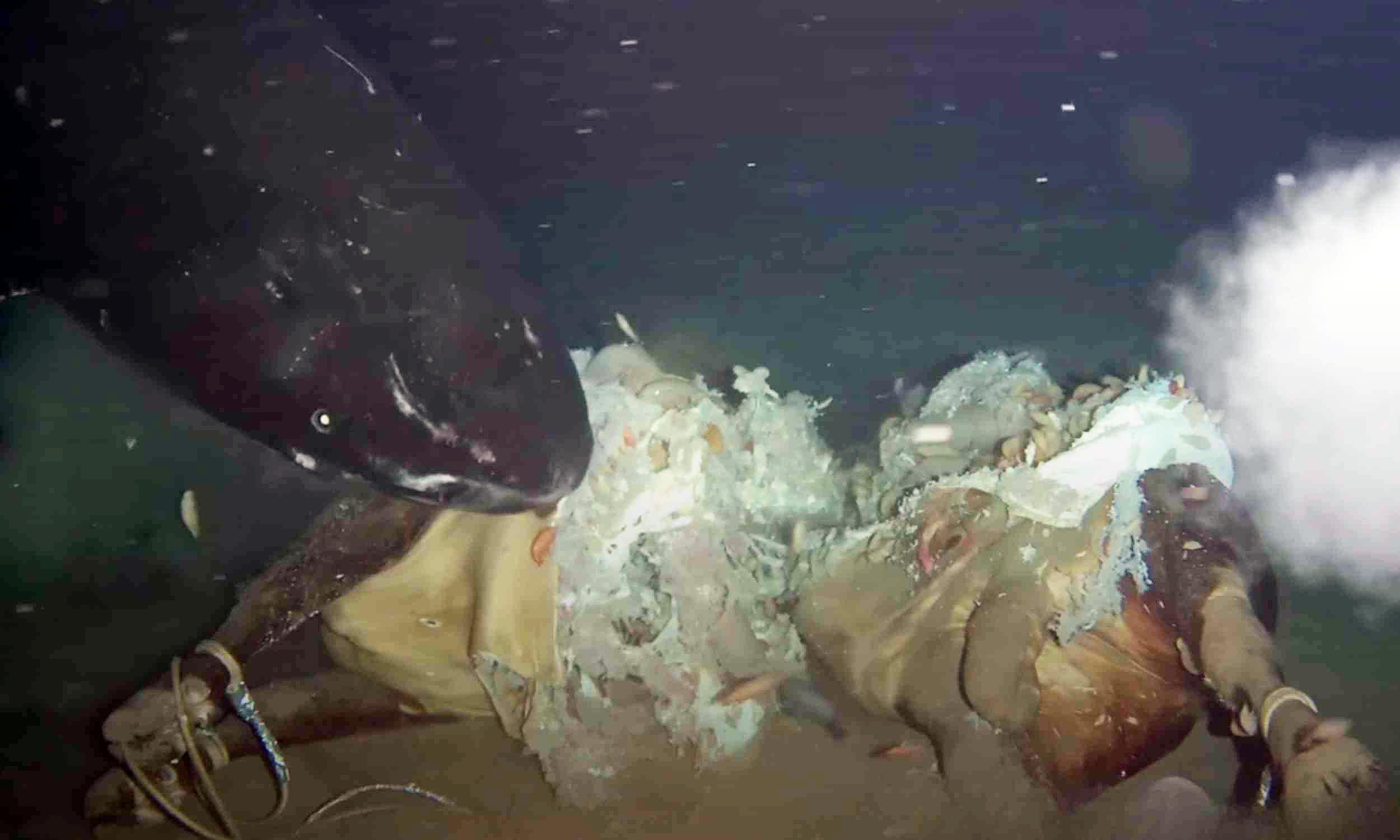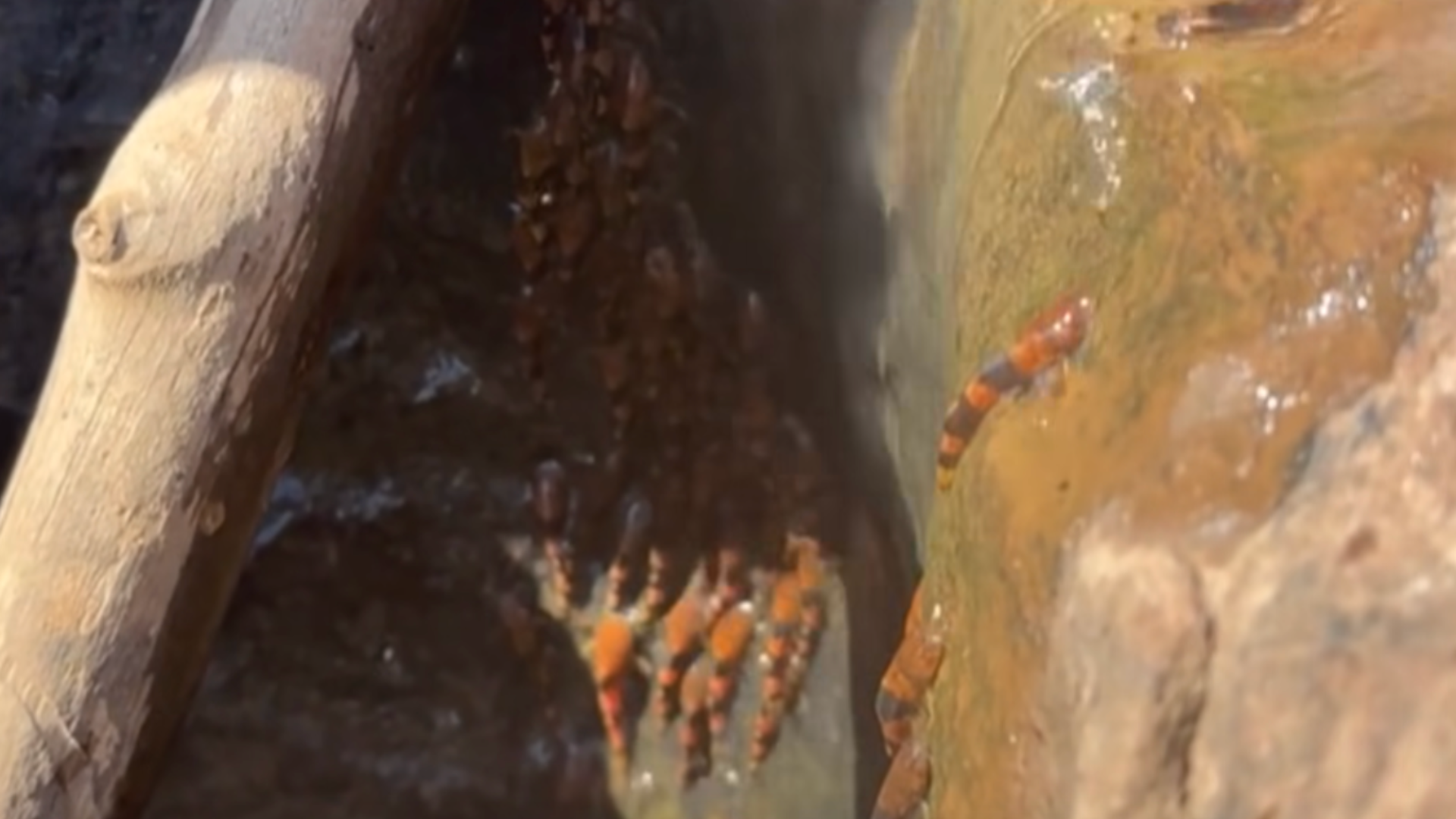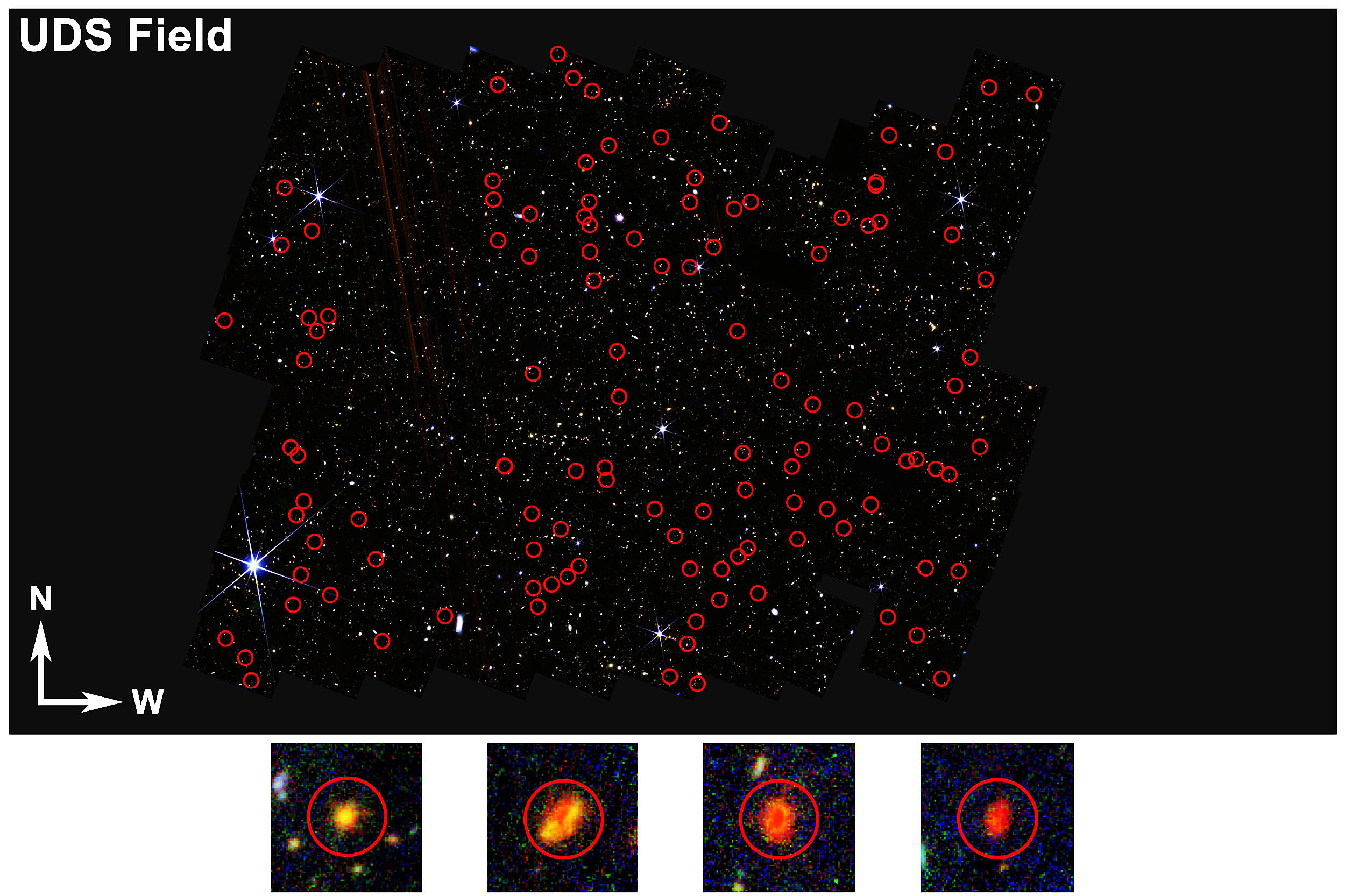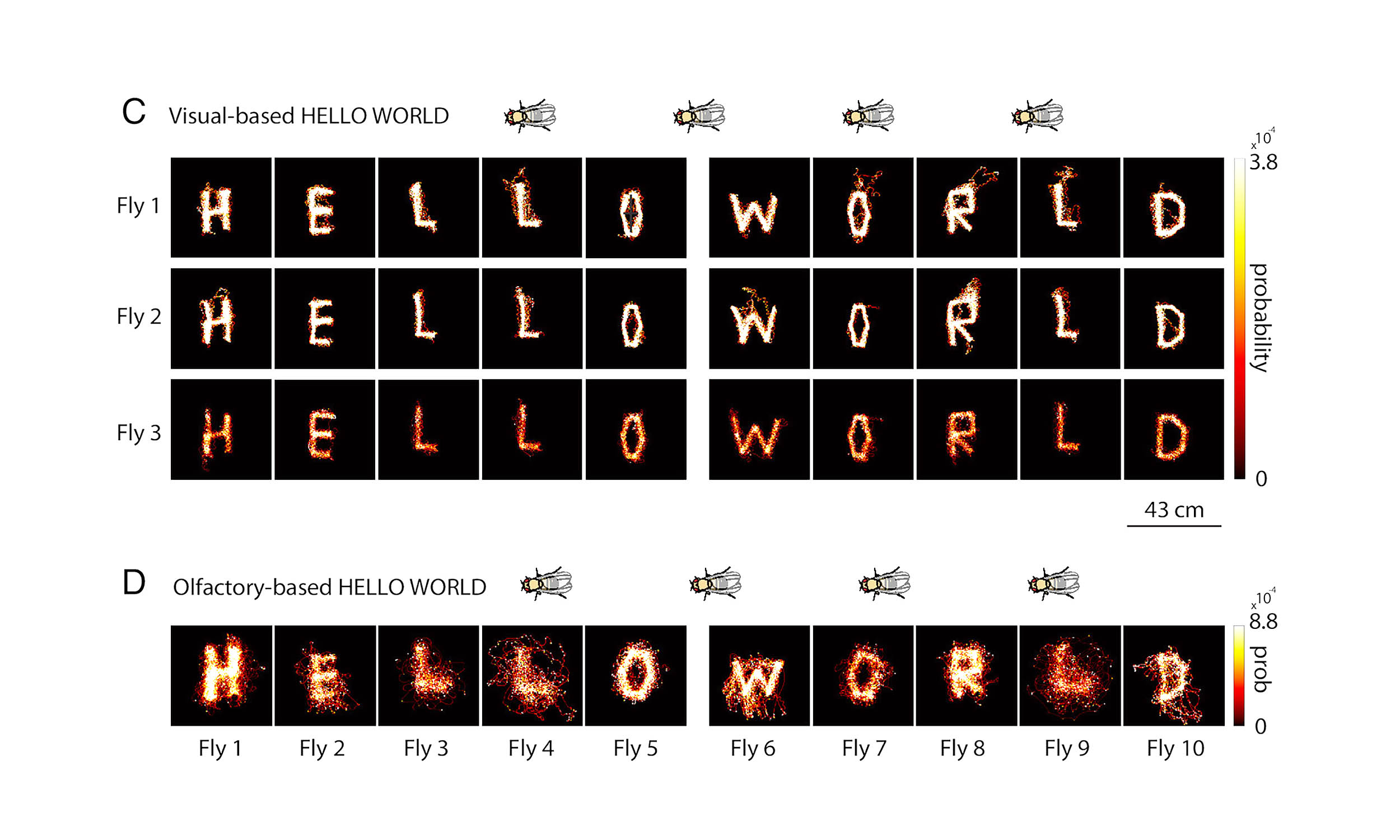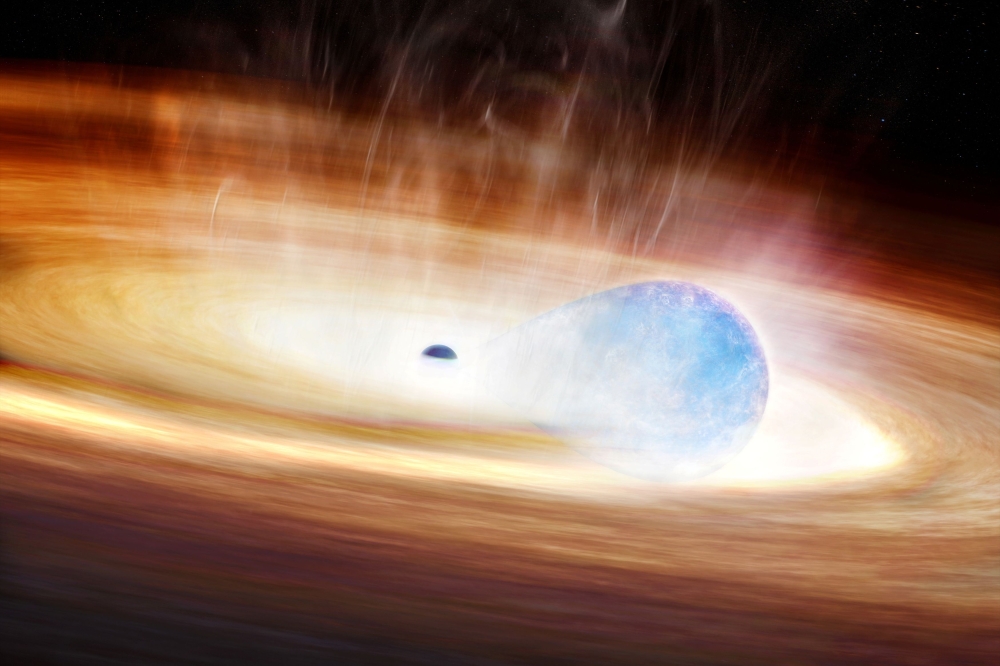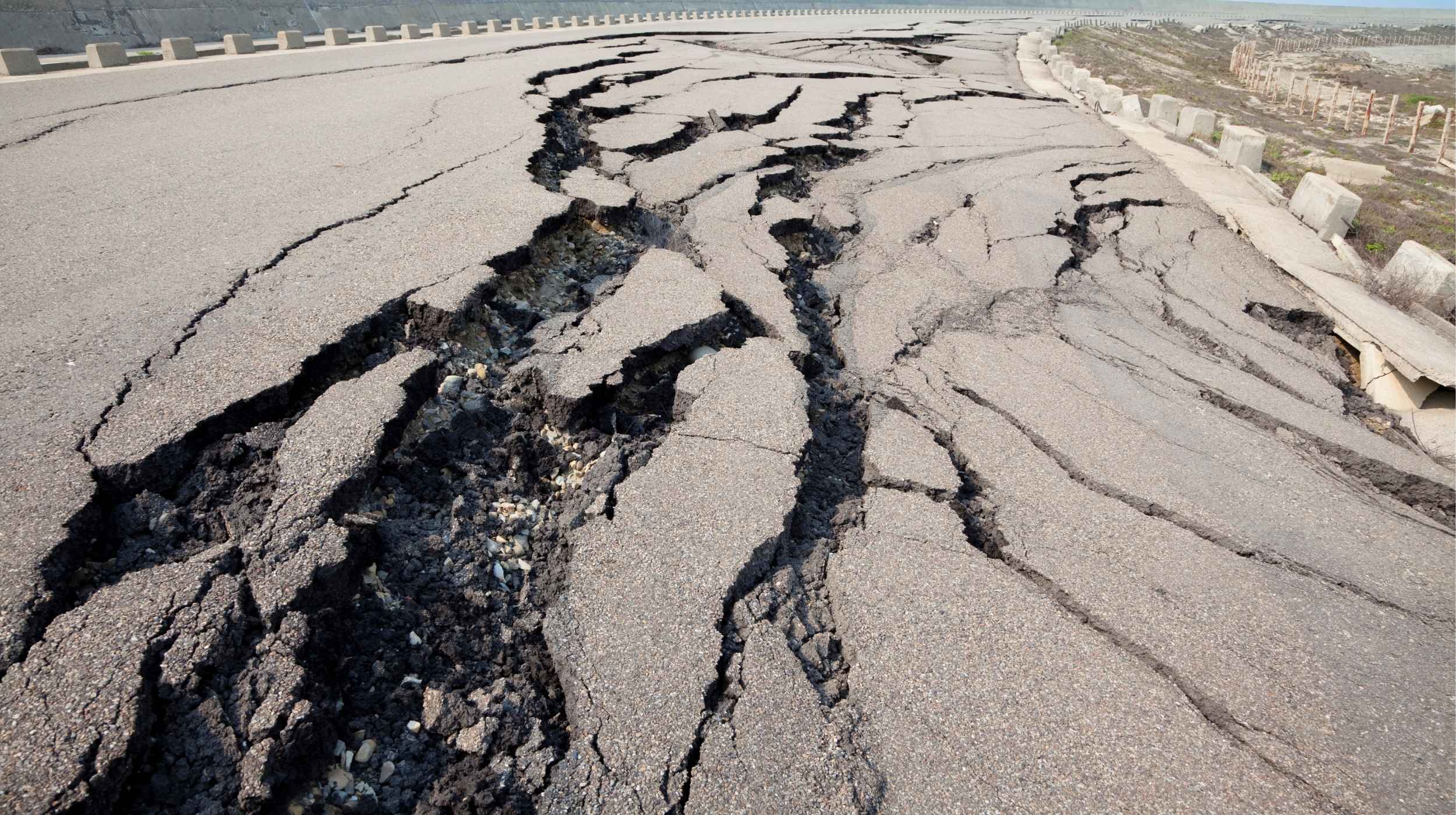13 Billion Years Ago: Scientists Discover the Universe's Oldest Black Hole!
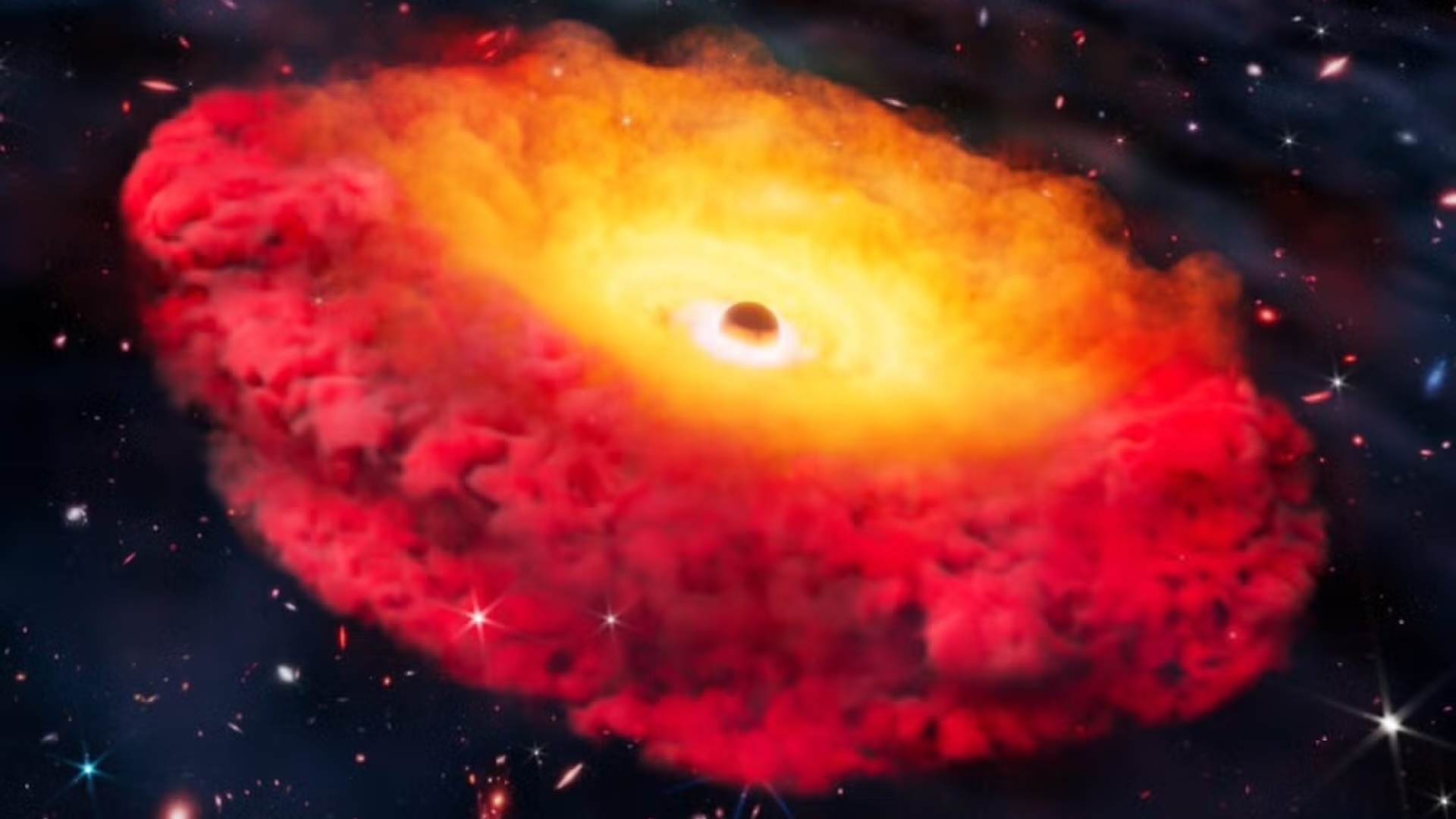
Can you imagine a black hole that existed merely 500 million years after the Big Bang? Well, scientists using the James Webb Space Telescope (JWST) have made an astonishing discovery—the earliest known black hole has been identified in the galaxy CAPERS-LRD-z9, dating back over 13 billion years!
This groundbreaking finding is a game-changer in our quest to unravel the mysteries of the universe. Published on August 6 in the Astrophysical Journal Letters, this study provides a glimpse into an era of the cosmos that has remained shrouded in mystery. According to study coauthor Anthony Taylor, an astronomer at the University of Texas, Austin, “When looking for black holes, this is about as far back as you can practically go. We're really pushing the boundaries of what current technology can detect.”
The galaxy CAPERS-LRD-z9 is categorized as a "Little Red Dot"—a quirky name that captures both its small size compared to other galaxies and its impressive red light emission when observed through the JWST’s sophisticated infrared sensors. Initially, researchers were surprised to find such Little Red Dots, as they appeared completely different from galaxies depicted by the Hubble Space Telescope. Coauthor Steven Finkelstein added, “Now, we're in the process of figuring out what they're like and how they came to be.”
Diving deeper into the mystery, the research team analyzed the galaxy's light patterns, revealing the distinct wavelengths created when high-speed gas spirals into the black hole. While astronomers have found other potential black holes farther away, the evidence from CAPERS-LRD-z9 makes it the oldest confirmed black hole to date. This discovery raises intriguing questions: could other Little Red Dots also harbor black holes at their centers?
The black hole at the center of CAPERS-LRD-z9 is quite hefty, boasting a mass approximately 38 million times that of our Sun. To put that into perspective, it’s about ten times more massive than Sagittarius A*, the supermassive black hole at the heart of the Milky Way. Scientists speculate that this black hole accounts for roughly 5% of all the stars in its galaxy, a ratio that significantly exceeds those found in contemporary galaxies.
Finkelstein remarked, “This adds to growing evidence that early black holes grew much faster than we thought possible, or they started out far more massive than our models predict.” The study also suggests that a dense gas cloud surrounding the black hole may be responsible for its reddish glow, shifting emitted light into longer, more red wavelengths.
As researchers continue to explore CAPERS-LRD-z9, they anticipate gaining deeper insights into black holes and galaxies from the early universe. Taylor emphasized, “This is a good test object for us. We haven't been able to study early black hole evolution until recently, and we are excited to see what we can learn from this unique object.”


